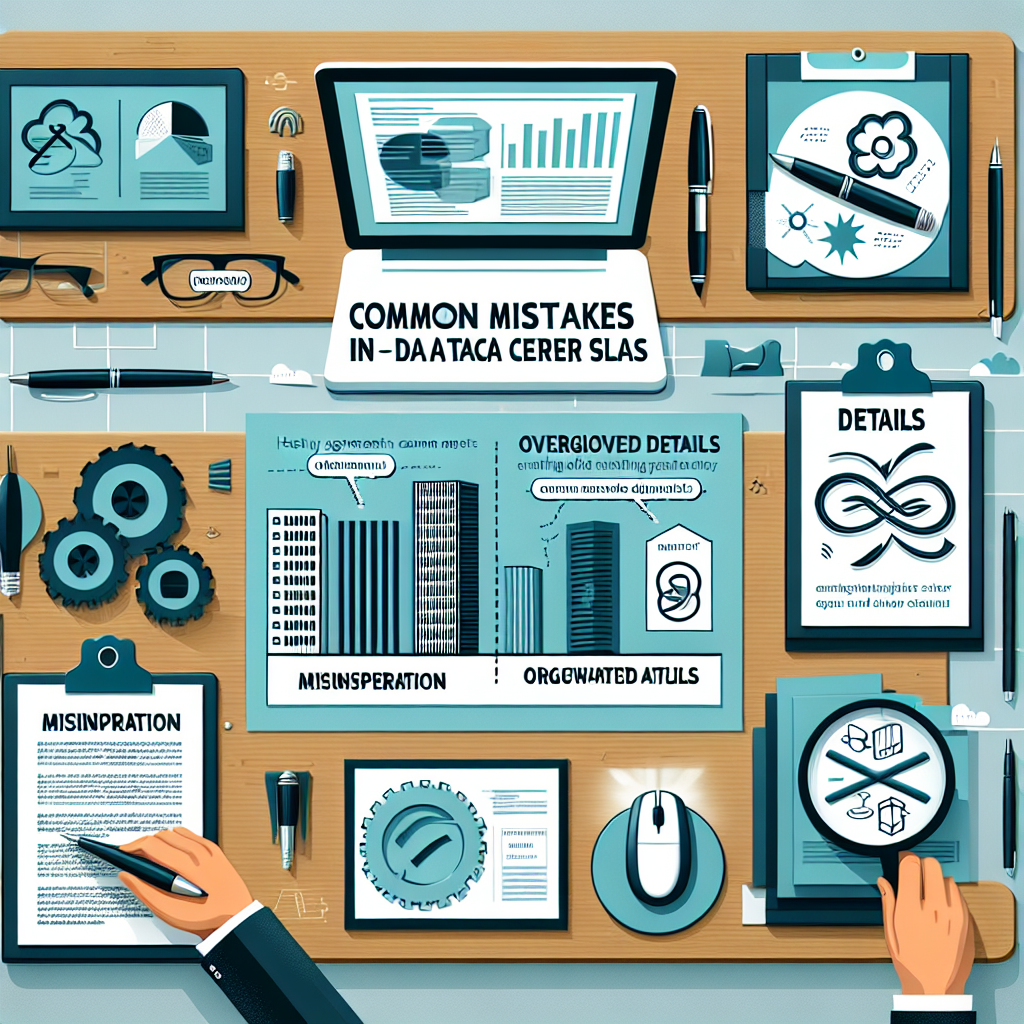A Service Level Agreement (SLA) is a crucial document that outlines the expectations and responsibilities of both the data center provider and the client. It serves as a contract that ensures the smooth functioning of the data center services and provides a framework for resolving any disputes that may arise. However, drafting an SLA can be a complex process, and there are several common mistakes that organizations often make when creating these agreements. In this article, we will discuss some of the most common mistakes to avoid when drafting data center SLAs.
1. Failing to Define Key Metrics and Performance Indicators
One of the most common mistakes organizations make when drafting data center SLAs is failing to clearly define key metrics and performance indicators. Without clearly defined metrics, both parties may have different expectations regarding the level of service to be provided. It is important to clearly outline the uptime, response times, and other performance indicators that will be monitored and measured.
2. Setting Unrealistic Expectations
Another common mistake is setting unrealistic expectations in the SLA. It is important to be realistic about what can be achieved and to ensure that the SLA is achievable and measurable. Setting unrealistic expectations can lead to dissatisfaction on both sides and can result in disputes and conflicts.
3. Lack of Flexibility
Some organizations make the mistake of creating SLAs that are too rigid and inflexible. It is important to build flexibility into the SLA to allow for changes in technology, business requirements, and other factors that may impact the data center services. A lack of flexibility can lead to frustration and dissatisfaction when unforeseen circumstances arise.
4. Ignoring Compliance and Security Requirements
Compliance and security requirements are critical considerations when drafting data center SLAs. Failure to include these requirements in the SLA can lead to legal and regulatory issues and can put sensitive data at risk. It is important to ensure that the SLA includes provisions for compliance with industry regulations and data security measures.
5. Failure to Include Penalties and Remedies
Another common mistake is failing to include penalties and remedies in the SLA. Penalties for non-compliance and remedies for service failures are important components of the SLA that help to ensure accountability and incentivize the data center provider to meet their obligations. Without these provisions, there may be little recourse for the client in the event of service failures.
In conclusion, drafting a data center SLA is a complex process that requires careful consideration of key metrics, performance indicators, compliance requirements, and security measures. By avoiding common mistakes such as failing to define key metrics, setting unrealistic expectations, lacking flexibility, ignoring compliance and security requirements, and failing to include penalties and remedies, organizations can create effective and enforceable SLAs that help to ensure the smooth functioning of data center services.

Leave a Reply
You must be logged in to post a comment.